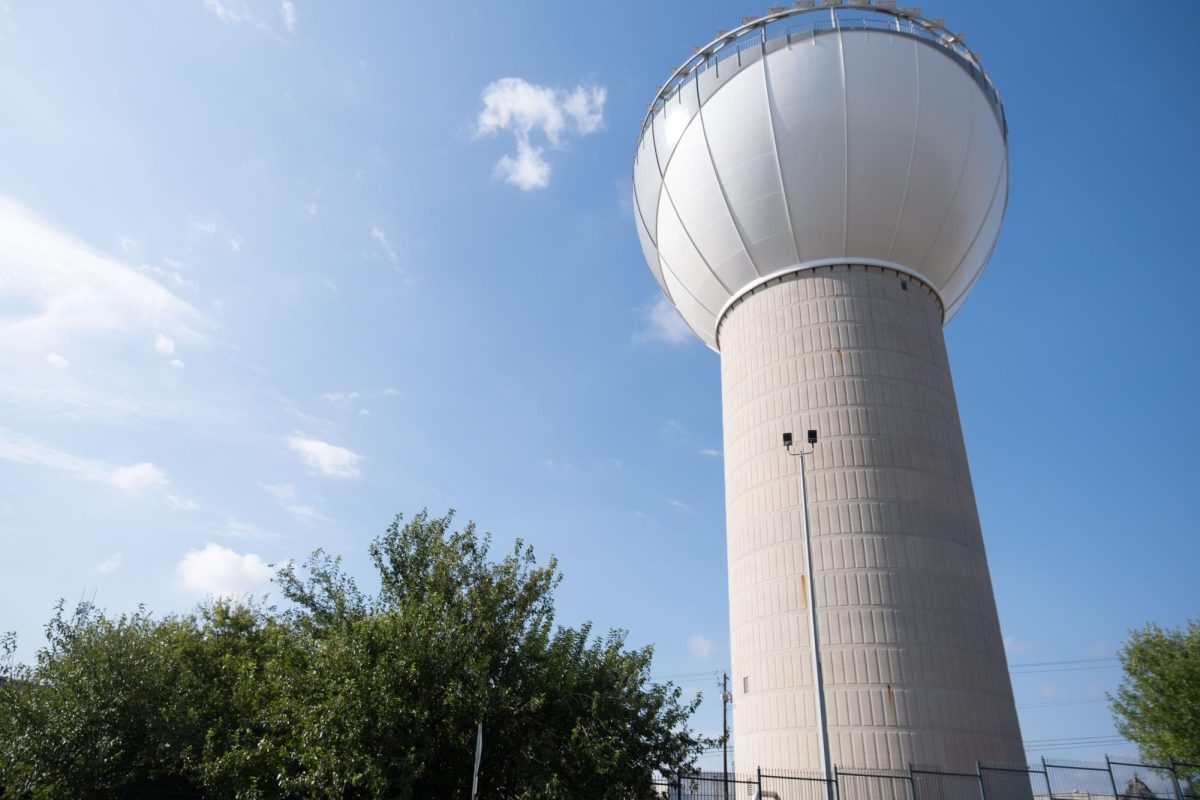Researchers identified a link between social status and living in communities with health-based water quality violations in a study published in September.
Bridget Scanlon, a senior research scientist at the Jackson School of Geosciences, said the team analyzed federal datasets from 2018-2020 through the Safe Drinking Water Information System and used the U.S. Census data to build a social vulnerability index.
The social vulnerability index included factors like socioeconomic status, race and language, demographics and population density, Scanlon said. People who are most socially vulnerable often live in places with the most health risks.
“The results showed that community water systems with health-based violations disproportionately impact socially vulnerable communities, with about 70% of those systems with violations characterized by high social vulnerability,” Scanlon said.
Scanlon said naturally occurring contaminants caused the violations as opposed to the people themselves. However, these violations often persist because of social factors.
Sarah Fakhreddine, a co-author of the study, said this could be due to the difficulties in maintaining high-quality water systems.
“Particularly in small water systems, which tend to correspond to rural, lower-income areas, there isn’t as much monitoring and enforcement of drinking water quality rules,” Fakhreddine said. “If you have some sort of metric that can capture areas that are more likely to have drinking water violations, you can use these as tools to identify areas where you might want to make sure that the monitoring is being implemented properly.”
Fakhreddine said in particular, vacant housing was a key social factor linked to a community’s water quality.
“If the distribution system isn’t being used regularly … that can impact water quality in the community water system,” Fakhreddine said. “When you have vacant homes, one thing that can occur is that the water is in the system longer because it’s going through pipes rather than being cut off or circulating to more homes.”
Fakhreddine said she hopes the research can be used to help policymakers direct funding for water systems to the most vulnerable communities.
“States are now being required to each come up with a definition of what a disadvantaged community is, and that is going to relate to those communities’ ability to apply for and receive funding to improve their drinking water,” Fakhreddine said.
Scanlon said it’s also important to consider the options before turning to bottled water straight away.
“We were quoted recently in a New York Times article that said we were using more groundwater like there was no tomorrow, and (the next day), a kindergarten teacher contacted me and said, ‘How much longer do we have in Austin?’” Scanlon said. “People (are moving to) buying bottled water, but that’s not as regulated as community water system water sources, so we don’t want to drive different behavior that may not actually be better.”















